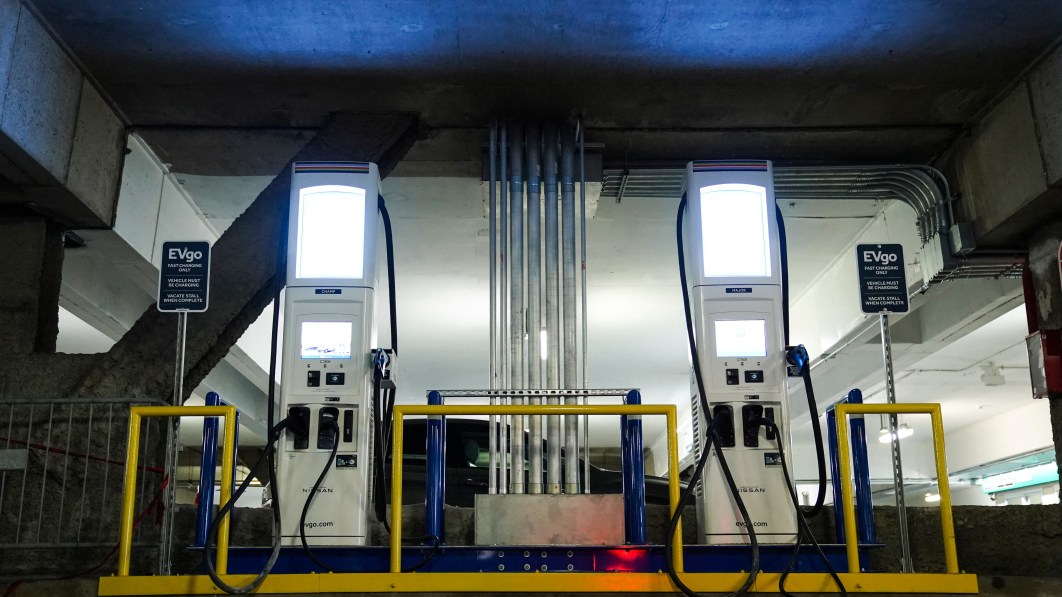
< img src=”http://motorilivenews.com/wp-content/uploads/2022/10/electric-car-investment-envy-spawns-a-tax-break-industrial-complex.jpg”class=” ff-og-image-inserted “> The electric lorry change will be supported.
China has gone to it for greater than a decade, incentivizing purchases, backing native battery manufacturers as well as obstructing foreign companies from completing. Europe has done the same with charitable help both for customers and companies.
Now that electrification has actually settled worldwide, and there’s a climate change believer in the White House, the U.S. has delved into the fray in a bigger means than ever before. First, there was the $7 billion put right into the facilities expense in 2014. Hundreds of millions made offered by conjuring up the Defense Production Act. And now, the mother of them all, the Inflation Reduction Act, which extends charitable tax obligation credit scores to buy, construct as well as charge EVs, and also center the battery supply chain to power them.
All this global competitors obtains a great deal of focus, however there’s one more aid fight raging within America’s coasts: an aggressive fight among states to land EV as well as battery investments.
There were lots of headlines following Ford‘s news a year ago that it would certainly spend $11.4 billion in Tennessee as well as Kentucky to build two new EV centers, the largest expense in its history. General Motors also set a company record with its $6.5 billion investment in Michigan early this year.
What usually ends up in the finer print of tales concerning these advancements– if it obtains pointed out in any way– are the tabs that taxpayers pick up. States seldom disclose the quantities completely, instead oozing them out over months in bits and also items, or in response to public information demands. Also then, calculating a full bundle is like creating a jigsaw challenge.
Bloomberg studied this in depth in this story yesterday, which accompanied a brand-new record from Good Jobs First, a vocal doubter of corporate motivations. Among the sweeping policy inquiries the not-for-profit scientist increases: Why should states subsidize EVs when consumer demand is plainly removing?
Complicating issues: the notion that electric cars may end up being work awesomes, a lot more so than work designers, if you internet out all the losses connected to inner burning drivetrain elements that no longer will be required.
Great Jobs First does an in-depth analysis of some of the bargains states have actually reduced with auto firms and also battery manufacturers. Georgia’s $1.5 billion incentive package for Rivian, as an example, plainly touts ordinary annual incomes of $56,000. One needs to scroll down 130 pages to find that the wage floor is $20 an hour, which works out to concerning $36,000 a year. The state’s financial development agreement likewise permits Rivian to make use of “staff member leasing” companies to count toward its job-creation goals.
In Kansas, the incentive offer for Panasonic that Good Jobs First worths at $1.27 billion includes some beneficial stipulations for the Japanese battery business. According to the record, Panasonic has to spend resources for 5 years to win income tax credit scores, however doesn’t need to guarantee certain degrees of work or incomes. If the factory is unlucrative and also doesn’t owe any type of tax obligation, the state is still bound to pay cash yearly, as long as the financial investments are made.
People left wing as well as the right of the U.S. political range state company incentives can be wasteful and also unnecessary. Even state officials who join the “tax-break commercial facility,” as the Good Jobs First report calls this sensation, recognize that it’s an unpleasant game. The sensation is they have little selection if they desire to complete for these brand-new jobs.
